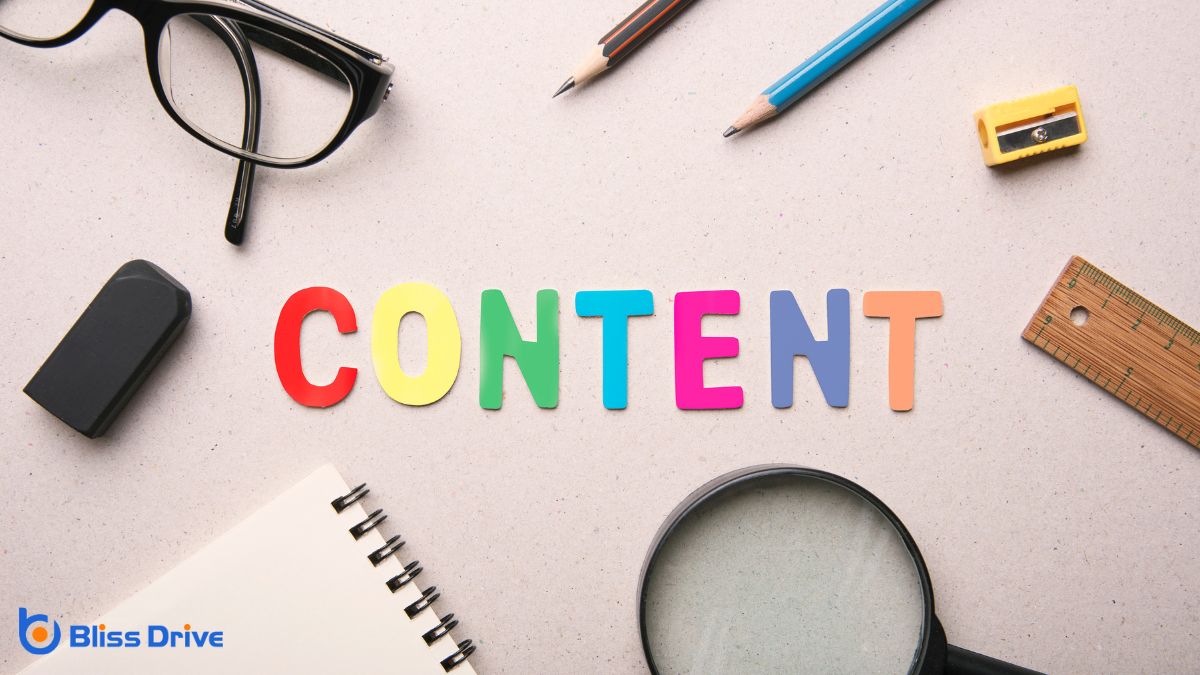Learn More About Us

You've likely heard about First Contentful Paint (FCP) if you're looking to enhance website performance. It's a key metric that reflects how quickly users see the first piece of content on their screen during page load. A swift FCP can greatly influence user perception and engagementThe interactions that users have with a brand’s content on social media.. But how does it work, and why is it so essential for your site's success? Let's explore the ins and outs of this critical performance measure.

First Contentful Paint (FCP) marks an essential moment when the first piece of content appears on a webpage, giving users their initial visual feedback.
It's the point where something useful first shows up, like text, an image, or a canvas element. You might wonder why this is important. Well, FCP is a vital indicator of a page's perceived load speed.
You don’t want users to wait too long for content to appear, as this can leadA potential customer referred by an affiliate who has shown interest in the product or service but h... to frustration and a potential loss of interest.
To measure FCP, tools like Lighthouse or WebPageTest can help.
These tools show how quickly content renders, allowing you to assess and improve your site’s performance. Understanding FCP helps you create a better user experience, keeping visitors engaged from the start.
You can't underestimate the role of First Contentful Paint in enhancing web performance.
It directly impacts user experience by reducing perceived load times, which can boost your site's search engine ranking.
Furthermore, a fast FCP can influence your conversionThe completion of a desired action by a referred user, such as making a purchase or filling out a fo... rates by keeping users engaged and reducing bounce rates.
While browsing the web, you've probably noticed that some sites load faster than others, and this directly affects your experience.
First, Contentful Paint (FCP) plays an essential role in shaping this experience by determining how quickly you see the first piece of content. When a site displays content almost immediately, it feels responsive, keeping you engaged and reducing the chance of you leaving in frustration.
FCP is important because it gives you a visual cue that the site is working, even if everything hasn’t fully loaded yet.
Faster FCP means less waiting and a smoother interaction, making you more likely to stay and explore further. By focusing on optimizing FCP, websites can enhance your browsing experience, making it more enjoyable and efficient.
As you enjoy a seamless browsing experience, it’s important to understand how First Contentful Paint (FCP) also influences search engine rankings.
Search engines, like Google, prioritize websites that load quickly to provide users with the best experience. FCP, which measures the time it takes for the first piece of content to appear, plays a significant role in this evaluation.
A faster FCP means your content is visible sooner, which can lead to a higher ranking. When your site's FCP is optimized, search engines recognize your site as efficient and user-friendly, boosting its visibility.
To stay competitive, you should focus on improving FCP, ensuring your site not only ranks well but also delivers a satisfactory experience to visitors.
When it comes to boosting your website's conversion rates, optimizing First Contentful Paint (FCP) is essential.
FCP measures the time it takes for the first piece of content to appear on a user's screen. A faster FCP can greatly influence a visitor's first impressionWhen an ad is displayed on a user’s screen.. You want users to engage with your content quickly because any delay can lead to frustration and increased bounce rates.
This means fewer potential customers convert into paying ones. By ensuring your FCP is as fast as possible, you create a smoother user experience, making visitors more likely to stay, explore, and ultimately convert.
Every second counts online, so prioritize FCP in your web performance strategy to keep your audience engaged and your conversion rates high.
When you compare First Contentful Paint (FCP) to other performance metricsKey indicators used to measure the effectiveness of affiliate marketing efforts, such as clicks, con..., you'll notice its unique focus on measuring how quickly users see the first piece of content.
Unlike metrics that track overall page load or interactivity, FCP zeros in on the initial visual feedback. This makes it essential for understanding the user's first impression and experience.
While evaluating web performance metrics, it's crucial to understand how First Contentful Paint (FCP) distinguishes itself from other indicators like Time to Interactive (TTI) and Largest Contentful Paint (LCP).
FCP measures the time it takes for the first piece of content to appear on your screen. Unlike TTI, which evaluates when a page becomes fully interactive, FCP focuses on the initial visual feedback you receive.
LCP, on the other hand, marks when the largest content element is visible, providing insight into loading performance.
FCP offers a glimpse into early page loading, helping you gauge instant user experience. By focusing on the first visible content, FCP gives you a quick sense of how fast your website engages visitors.
First Contentful Paint (FCP) zeroes in on the initial impression your website makes by measuring the time it takes for any piece of content to appear on a user's screen.
Unlike other performance metrics, FCP uniquely focuses on the user's perception of load speed, emphasizing visible content rather than technical details. It’s all about what the user actually sees first.
Consider these distinctions:
FCP's emphasis is on visible interaction, offering insights into user satisfaction.
To effectively measure First Contentful Paint (FCP), leveraging the right tools is essential. You want to guarantee your website loads quickly for users, and several tools can help you analyze FCP.
Google Lighthouse is a popular choice, providing a detailed breakdown of your site's performance, including FCP metrics. It's integrated into Chrome DevTools, making it easily accessible.
WebPageTest offers another option, allowing you to run tests from multiple locations and devices, giving you a broader view of your site's performance.
For real-time data, consider using Google AnalyticsA web analytics service offered by Google that tracks and reports website traffic. Site Speed reports, which include FCP metrics. Each tool offers unique insights, helping you identify areas for improvement and optimize your site's loading speed for a better user experience.
Ensuring a fast First Contentful Paint often hinges on understanding the common factors that can slow it down.
You mightn't realize it, but several elements can impact FCP performance. Poor server response times mean users wait longer for the first byte of data, leading to delays. Large JavaScript files can also be a culprit, as they take time to download and execute.
Additionally, excessive CSS can block rendering, leaving users staring at a blank screen.
Keep an eye on:
Understanding these factors can help you identify potential bottlenecks in your website's loading timeThe time it takes for a webpage to fully load, affecting user experience and conversion rates..
Although optimizing your website for a fast First Contentful Paint might seem intimidating, several techniques can greatly enhance your performance.
Start by minimizing render-blocking resources, like CSS and JavaScript, which delay content display. Use asynchronous loading to let your page load without waiting for scripts to finish. Prioritize critical CSS and defer non-essential styles.
Additionally, optimize your images by compressing them and using modern formats like WebP. Smaller images load quicker, improving FCP. Implement lazy loading for images that aren't immediately visible to save bandwidth and speed up initial content rendering.
Utilizing a content delivery network (CDN)A system of distributed servers that deliver content to users based on their geographic location. can also help by distributing your content closer to users, reducing latency.
Finally, consider reducing server response times to further accelerate page load.
When it comes to enhancing your website's First Contentful Paint (FCP), looking at real-world examples can be incredibly enlightening.
Let's explore how some companies have successfully optimized their FCP to improve user experience.

Enhancing your website's First Contentful Paint (FCP) is just the start; consistent monitoring and maintenance guarantee these improvements last.
To keep your FCP in check, use tools like Google Lighthouse or WebPageTest. These tools provide insights into the loading performance, helping you identify any issues. Regularly review your site's FCP metrics and set alerts for any unusual spikes or drops.
Don't underestimate the impact of updates. Changes in code, plugins, or even server configurations can affect FCP. Test after each significant update to verify that nothing negatively impacts performance.
Additionally, keep abreast of new web technologies and best practices. Staying informed allows you to adapt quickly, maintaining an ideal FCP and ensuring your users always experience a fast-loading site.
To wrap it up, focusing on First Contentful Paint (FCP) is essential for enhancing your site's user experience. By understanding FCP and its importance, you can improve engagement and reduce bounce rates. Use the right tools to measure and monitor FCP and employ optimization techniques to speed it up. Remember, a faster FCP not only pleases users but also boosts your search engine rankings. Keep optimizing to maintain an edge in web performance.
